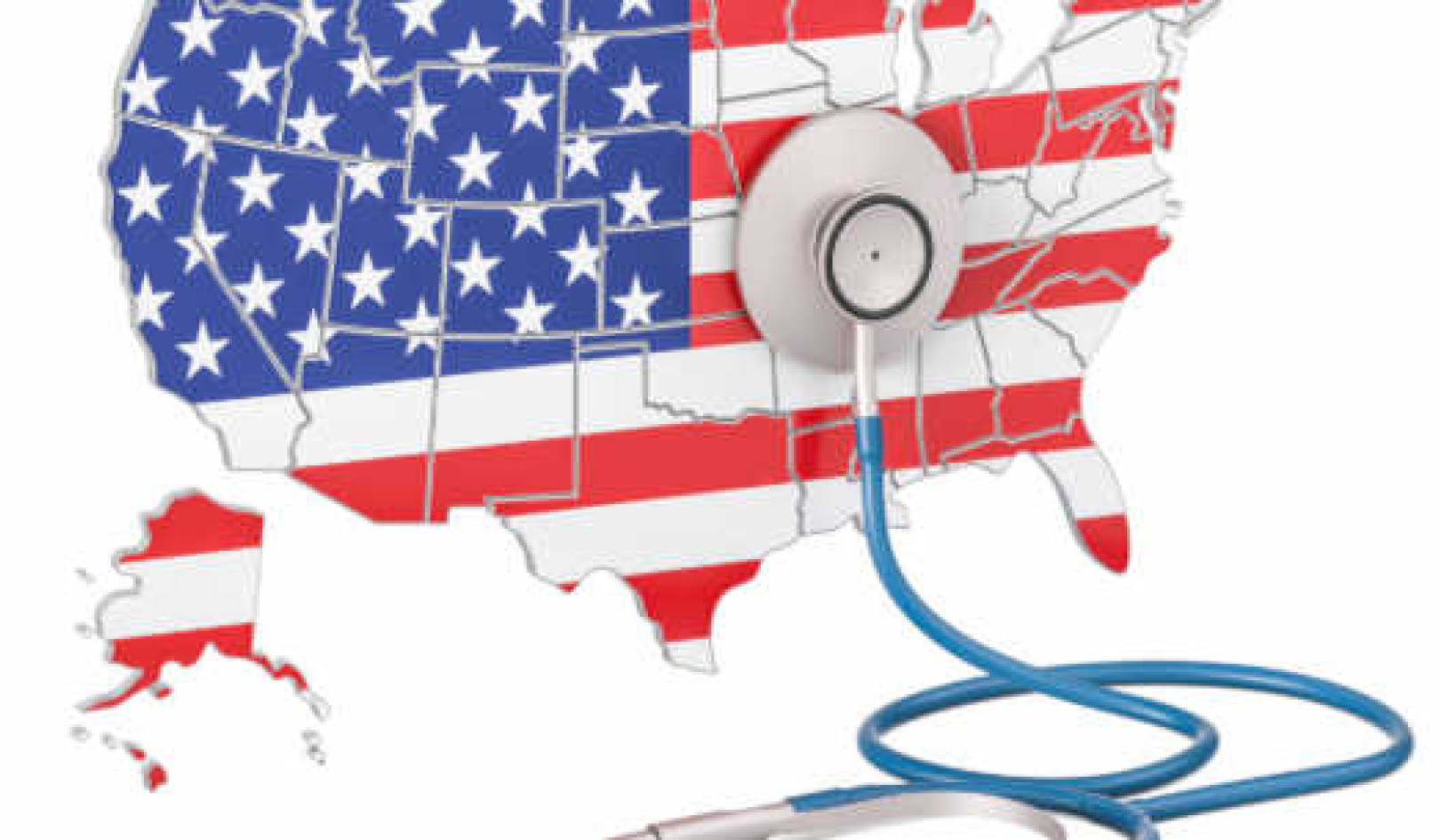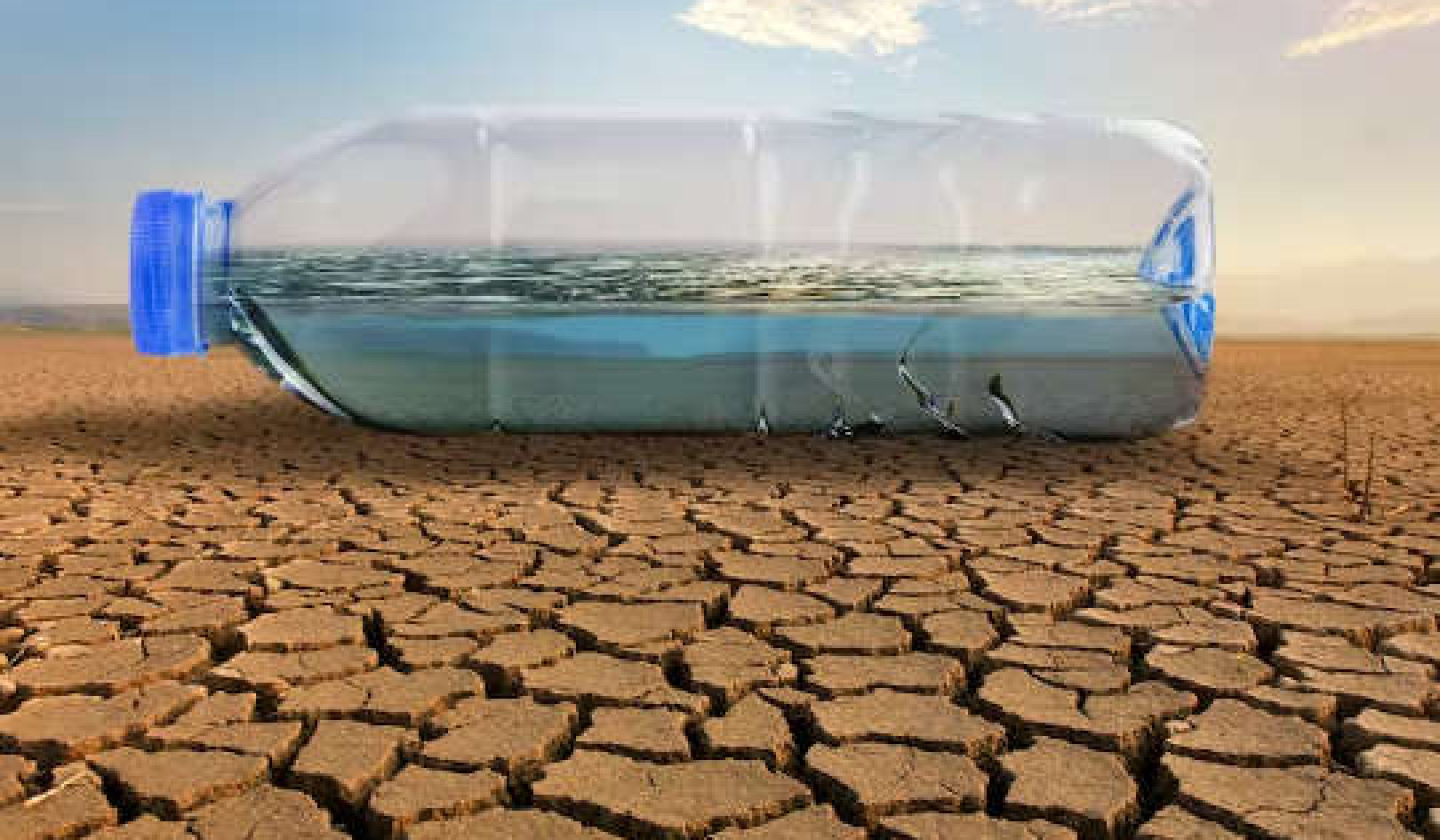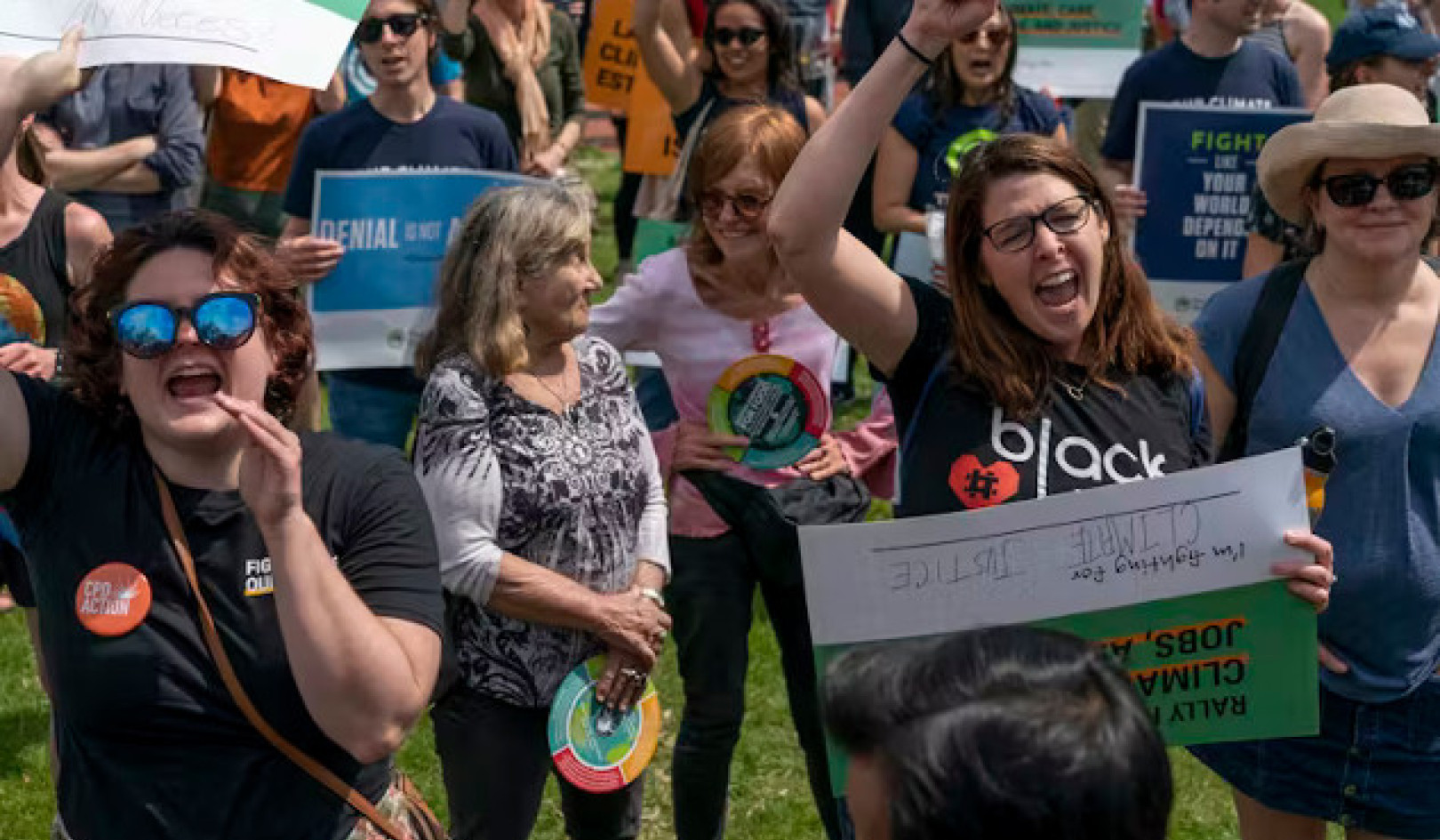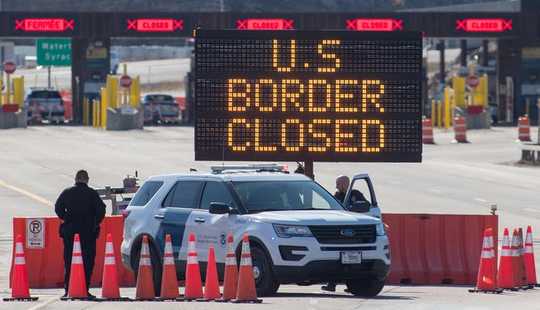 U.S. Customs officers stand beside a sign at the US/Canada border in Lansdowne, Ontario, on March 22, 2020. Lars Hagberg / AFP via Getty Images
U.S. Customs officers stand beside a sign at the US/Canada border in Lansdowne, Ontario, on March 22, 2020. Lars Hagberg / AFP via Getty Images
The United States and Canada have long enjoyed a stable relationship. The countries share history, the longest nonmilitarized international border in the world, and strong economic ties.
About 90% of the Canadian population lives within a one-hour drive of the border. More than 2 million people traverse the countries’ 119 border crossings each month.
Part of the largest international megalopolis in the world, what’s called the “Golden Horseshoe” region of New York and Ontario encircles Lake Ontario and accounts for the greatest number of cross-border shoppers between the two countries.
Key cities in the Golden Horseshoe – Buffalo, Niagara Falls, Hamilton and Toronto – have strong economic connections and account for as much as CAD $10 billion in cross-border retail sales which continues to increase annually.
But the recent closure of the U.S.-Canada border because of the coronavirus underscores a growing divide between the two countries.
 Niagara Falls tourism businesses are suffering since border travel between Canada and the U.S. was limited only to essential personnel. Stringer/Anadolu Agency via Getty Images
Niagara Falls tourism businesses are suffering since border travel between Canada and the U.S. was limited only to essential personnel. Stringer/Anadolu Agency via Getty Images
Similarities becoming differences
In our roles as professors of urban planning and architecture, we have studied the attitudes and policies that unite and divide the U.S. and Canada.
Over the past two centuries, Canada and the United States were closely aligned. The two countries stood shoulder to shoulder during World War II and the Iran hostage crisis (popularized in the film “Argo”).
On Sept. 11, 2001, Canada assisted when U.S. airspace was abruptly closed, by putting a mothballed airport in Gander, Newfoundland, into service. And 10,000 citizens of Gander volunteered to house and feed more than 7,000 inbound passengers who couldn’t get to the U.S. This act of international friendship was celebrated in the popular Broadway musical “Come From Away.”
But differences have begun to emerge between the two countries. Canada was first to legalize same-sex marriage, ten years before the United States. The country has a lower drinking age than the U.S. and an open and welcoming immigration policy. The Canadian single-payer national health insurance plan, established in 1984 and available free and universally, reflects a stark difference from the U.S. approach to health insurance.
These changes have placed Canada on a more socially inclusive trajectory than its southern neighbor.
Now, a further difference has emerged: Popular opinion in Canada has soured on the U.S. approach to mitigating the coronavirus.
 Canada is more socially progressive than the U.S., legalizing same-sex marriage ten years before the U.S. Geoff Robins//AFP via Getty Images
Canada is more socially progressive than the U.S., legalizing same-sex marriage ten years before the U.S. Geoff Robins//AFP via Getty Images
Amplifying tensions
In response to the coronavirus pandemic, the U.S. closed its border to Canada for the first time since the War of 1812.
Halting leisure traffic and barring entry to noncitizens, the closure impedes consumers who want to cross the border to shop and take advantage of favorable exchange rates, lower prices or greater product selection. The closure also effectively suspends tourism and blocks the daily commute for cross-border workers and property owners, until at least June 21.
The Trump administration announced it planned to deploy military troops to the U.S.-Canada border, too, also a move not seen since 1812. Ultimately, at the urging of the Canadian government, the U.S. relented and did not install troops at the border.
Now, it is Canada that wants to extend the closure until midsummer with increased screening at the border.
These thorny actions mark a shift in the normally friendly relationship between the countries.
Unfriendly behavior between the countries continued to ramp up when U.S.-based 3M corporation recently produced N95 masks for routine export to Canada, but the Trump administration targeted the company and barred exportation of these goods to Canada.
This unusual action appeared to be specifically targeted at 3M and its exports of personal protective equipment.
Responding to the U.S. move, Ontario provincial premier Doug Ford said, “When the cards are down, you see who your friends are.” The action has been roundly decried as unfair and unkind in news reports around the world. And 3M blasted the U.S. government order as a shortsighted one that would have humanitarian implications and possibly spark retaliation from allies.
The divergence has some Canadians calling for forging a more independent path in what has been referred to as the greatest crisis in relations between the two countries since 1945 when a minor trade dispute and disagreements over helping Britain to rebuild followed World War II.
They’re joined in their dismay with the U.S. by other Canadians. Public opinion has shifted on the ground – Canadians now feel anxious about the future direction of the relationship between the two countries.
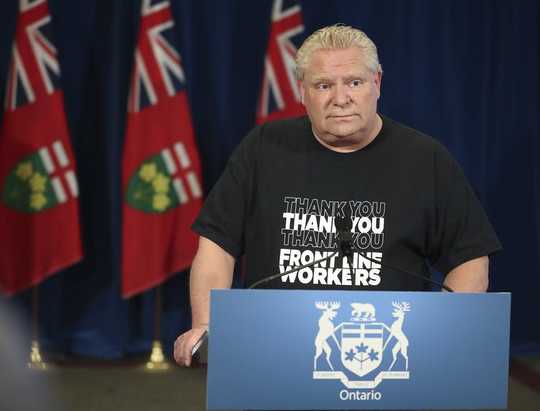 Ontario Provincial Premier Doug Ford commented on U.S. actions toward Canada during the pandemic, saying, ‘When the cards are down, you see who your friends are.’ Richard Lautens/Toronto Star via Getty Images
Ontario Provincial Premier Doug Ford commented on U.S. actions toward Canada during the pandemic, saying, ‘When the cards are down, you see who your friends are.’ Richard Lautens/Toronto Star via Getty Images
How Canada does it
The current coronavirus is not Canada’s first encounter with a pandemic.
In 2003 and 2004, Canada was impacted by Severe Acute Respiratory Syndrome. SARS is a cousin virus to the virus responsible for the current COVID-19 pandemic.
The 2003-04 SARS outbreak infected just over 400 and killed 44 people across Canada. Many of the deaths occurred throughout the sprawling Toronto region.
During that initial outbreak, Canada developed test, track and trace procedures and subsequently developed further plans and protocols for responding to pandemic contagion in the future.
The initial SARS epidemic seasoned Canada’s centralized public health defense and disease monitoring to a degree that is more adept at dealing with a pandemic than the decentralized system in the United States.
Consequently, outcomes of the COVID-19 pandemic are notably different in the two countries.
By having greater command and control over the hospital system, Canadian health authorities slowed the initial spread of coronavirus. As a result, the death rate per capita is substantially lower in Canada, 182 deaths per 1 million population, than in the U.S. at 302 deaths per 1 million population. The U.S. coronavirus infection rate of 5,235 cases per 1 million population is more than double the infection rate in Canada of 2,305 cases per 1 million population.
This high infection and death rate in the U.S. is shocking to many Canadians. To express grassroots support for Americans, private business owners and building managers in Canadian border cities like Niagara Falls and Windsor, Ontario, have decorated the windows of tall office towers and hotels with lighted hearts, a symbol of hope.
The lights are not visible to Canadian citizens, but are pointed in the direction of the American border. That one-way message of encouragement provides a symbol of the goodwill that remains in Canada for the U.S. – as well as a reminder of the consequences of different government actions on either side of the border.
About The Author
Daniel Baldwin Hess, Professor of Urban and Regional Planning, University at Buffalo, The State University of New York and Alex Bitterman, Professor of Architecture and Design, Alfred State College of Technology, The State University of New York
This article is republished from The Conversation under a Creative Commons license. Read the original article.
Recommended books:
Capital in the Twenty-First Century
by Thomas Piketty. (Translated by Arthur Goldhammer)
 In Capital in the Twenty-First Century, Thomas Piketty analyzes a unique collection of data from twenty countries, ranging as far back as the eighteenth century, to uncover key economic and social patterns. But economic trends are not acts of God. Political action has curbed dangerous inequalities in the past, says Thomas Piketty, and may do so again. A work of extraordinary ambition, originality, and rigor, Capital in the Twenty-First Century reorients our understanding of economic history and confronts us with sobering lessons for today. His findings will transform debate and set the agenda for the next generation of thought about wealth and inequality.
In Capital in the Twenty-First Century, Thomas Piketty analyzes a unique collection of data from twenty countries, ranging as far back as the eighteenth century, to uncover key economic and social patterns. But economic trends are not acts of God. Political action has curbed dangerous inequalities in the past, says Thomas Piketty, and may do so again. A work of extraordinary ambition, originality, and rigor, Capital in the Twenty-First Century reorients our understanding of economic history and confronts us with sobering lessons for today. His findings will transform debate and set the agenda for the next generation of thought about wealth and inequality.
Click here for more info and/or to order this book on Amazon.
Nature's Fortune: How Business and Society Thrive by Investing in Nature
by Mark R. Tercek and Jonathan S. Adams.
 What is nature worth? The answer to this question—which traditionally has been framed in environmental terms—is revolutionizing the way we do business. In Nature’s Fortune, Mark Tercek, CEO of The Nature Conservancy and former investment banker, and science writer Jonathan Adams argue that nature is not only the foundation of human well-being, but also the smartest commercial investment any business or government can make. The forests, floodplains, and oyster reefs often seen simply as raw materials or as obstacles to be cleared in the name of progress are, in fact as important to our future prosperity as technology or law or business innovation. Nature’s Fortune offers an essential guide to the world’s economic—and environmental—well-being.
What is nature worth? The answer to this question—which traditionally has been framed in environmental terms—is revolutionizing the way we do business. In Nature’s Fortune, Mark Tercek, CEO of The Nature Conservancy and former investment banker, and science writer Jonathan Adams argue that nature is not only the foundation of human well-being, but also the smartest commercial investment any business or government can make. The forests, floodplains, and oyster reefs often seen simply as raw materials or as obstacles to be cleared in the name of progress are, in fact as important to our future prosperity as technology or law or business innovation. Nature’s Fortune offers an essential guide to the world’s economic—and environmental—well-being.
Click here for more info and/or to order this book on Amazon.
Beyond Outrage: What has gone wrong with our economy and our democracy, and how to fix it -- by Robert B. Reich
 In this timely book, Robert B. Reich argues that nothing good happens in Washington unless citizens are energized and organized to make sure Washington acts in the public good. The first step is to see the big picture. Beyond Outrage connects the dots, showing why the increasing share of income and wealth going to the top has hobbled jobs and growth for everyone else, undermining our democracy; caused Americans to become increasingly cynical about public life; and turned many Americans against one another. He also explains why the proposals of the “regressive right” are dead wrong and provides a clear roadmap of what must be done instead. Here’s a plan for action for everyone who cares about the future of America.
In this timely book, Robert B. Reich argues that nothing good happens in Washington unless citizens are energized and organized to make sure Washington acts in the public good. The first step is to see the big picture. Beyond Outrage connects the dots, showing why the increasing share of income and wealth going to the top has hobbled jobs and growth for everyone else, undermining our democracy; caused Americans to become increasingly cynical about public life; and turned many Americans against one another. He also explains why the proposals of the “regressive right” are dead wrong and provides a clear roadmap of what must be done instead. Here’s a plan for action for everyone who cares about the future of America.
Click here for more info or to order this book on Amazon.
This Changes Everything: Occupy Wall Street and the 99% Movement
by Sarah van Gelder and staff of YES! Magazine.
 This Changes Everything shows how the Occupy movement is shifting the way people view themselves and the world, the kind of society they believe is possible, and their own involvement in creating a society that works for the 99% rather than just the 1%. Attempts to pigeonhole this decentralized, fast-evolving movement have led to confusion and misperception. In this volume, the editors of YES! Magazine bring together voices from inside and outside the protests to convey the issues, possibilities, and personalities associated with the Occupy Wall Street movement. This book features contributions from Naomi Klein, David Korten, Rebecca Solnit, Ralph Nader, and others, as well as Occupy activists who were there from the beginning.
This Changes Everything shows how the Occupy movement is shifting the way people view themselves and the world, the kind of society they believe is possible, and their own involvement in creating a society that works for the 99% rather than just the 1%. Attempts to pigeonhole this decentralized, fast-evolving movement have led to confusion and misperception. In this volume, the editors of YES! Magazine bring together voices from inside and outside the protests to convey the issues, possibilities, and personalities associated with the Occupy Wall Street movement. This book features contributions from Naomi Klein, David Korten, Rebecca Solnit, Ralph Nader, and others, as well as Occupy activists who were there from the beginning.
Click here for more info and/or to order this book on Amazon.


















